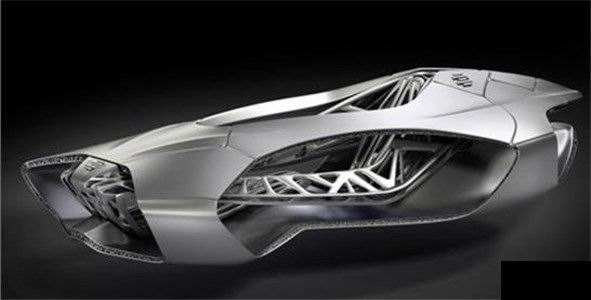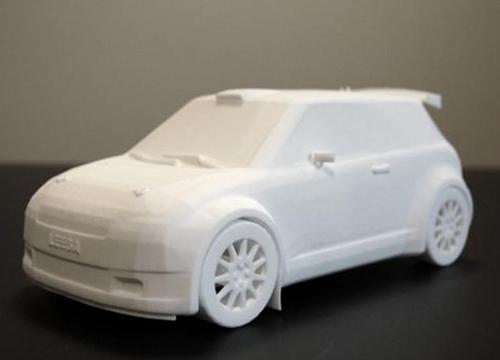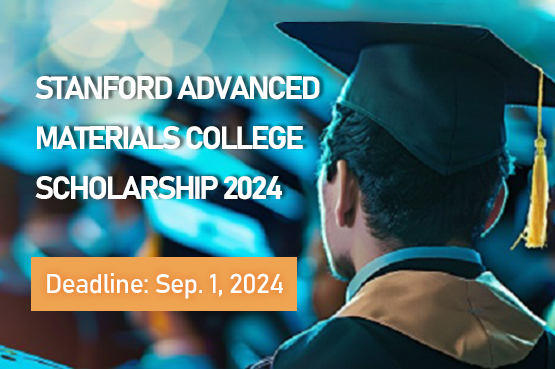The Use of 3D Printing in The Automotive Industry
Introduction
The advent of 3D printing has transcended its plastic origins, evolving into a transformative force in industries like automotive manufacturing. While the common perception may associate 3D printing with plastic trinkets, the automotive sector is leveraging advanced technologies like selective laser sintering and electron beam selective melting to produce metal components. This article explores the applications, advantages, and challenges of integrating 3D printing into the automotive industry, with a focus on Stanford Advanced Materials' commitment to driving technological advancements.

Further Reading: 3D Printing Powder: What is it & How is it Used?
Application Scope of 3D Printing in the Automotive Industry
- Vehicle Modeling: Enabling the creation of 1:1 scale models for design evaluation.
- Design Verification: Validating product reliability, structural integrity, and strength during the design phase.
- Complex Parts Production: Overcoming limitations of traditional manufacturing for intricate and costly components.
- Lightweighting: Utilizing 3D printing for lightweight structural parts in plastics and metals.
- Production Line Tools: Creating assembly parts, measuring tools, and inspection tools on the production line.
Advantages of 3D Printing in the Automotive Industry
- Reduced Production Cycle: Drastically shortening development cycles, enhancing efficiency, and accelerating time-to-market.
- Enhanced Reliability: Focusing on product reliability throughout development.
- Cost Reduction: Minimizing costs associated with traditional processes, eliminating the need for abrasive tools and specific product lines.
- Customization: Enabling small batch and personalized manufacturing for individualized automotive products.

Shortcomings of 3D Printing in the Automotive Industry
- Development Stage: 3D printing is still in the research and development stage, lacking maturity compared to traditional processes.
- Surface Quality: Requires additional processes such as polishing, dyeing, electroplating, and spray painting to achieve the desired surface finish.
- Material Limitations: The selection of materials remains limited, impacting the overall industrial chain.
The Future of 3D Printing in the Automotive Industry
As the automotive industry prioritizes lightweight structures, fuel efficiency, and environmental sustainability, the role of light metals like titanium alloy becomes paramount. The integration of 3D printing powder technology further underscores the industry's commitment to innovation.
Conclusion
While 3D printing in the automotive industry is still overcoming challenges, its potential to revolutionize manufacturing processes is undeniable. Stanford Advanced Materials, at the forefront of technological advancements, plays a pivotal role in driving the adoption of 3D printing in automotive applications. As the industry continues to evolve, the collaboration between cutting-edge technology and material science promises a future where 3D printing becomes an integral part of automotive innovation.









